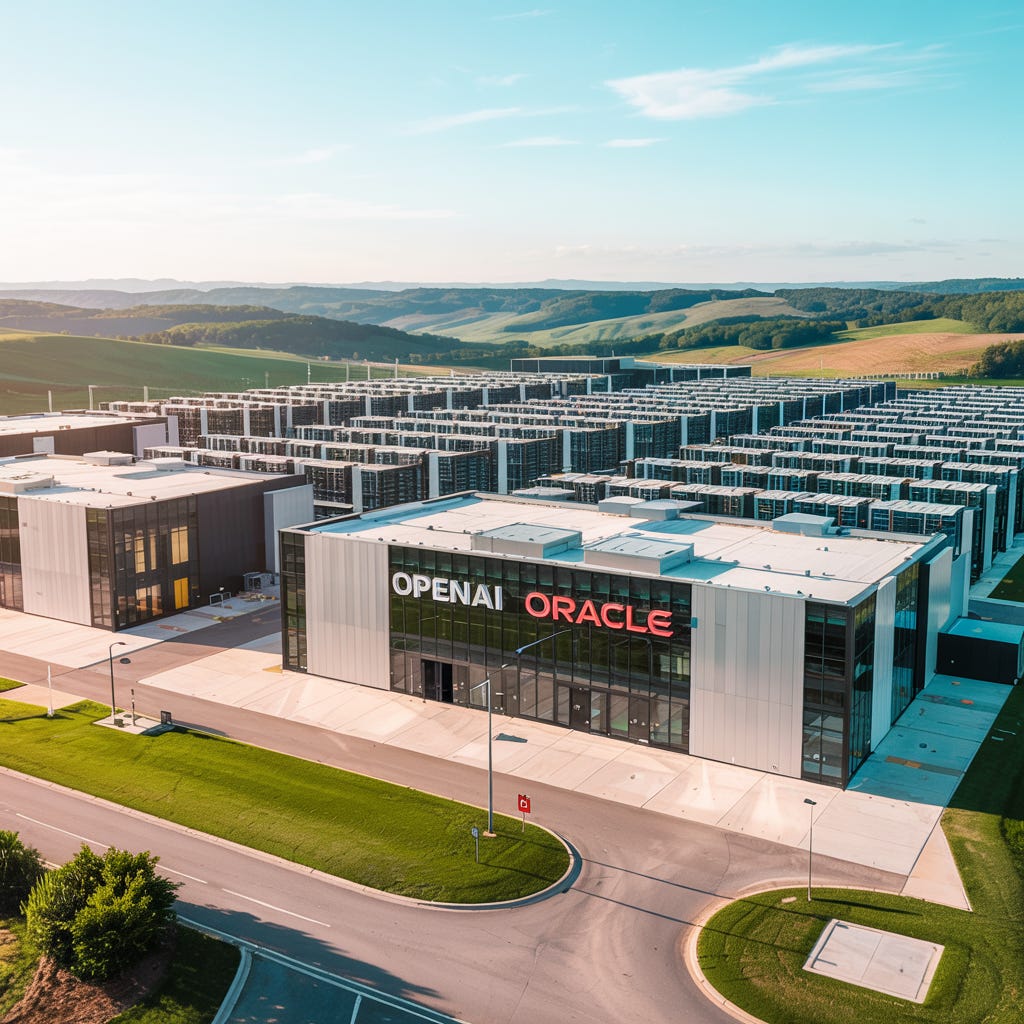Is OpenAI’s $300B Bet Enough to Make Oracle a Hyperscaler or Will Power Bottlenecks Decide?
OpenAI and Oracle’s $300B pact ties AI’s future to 4.5GW of capacity if capital, sites, and power land on time.
Welcome to Global Data Center Hub. Join investors, operators, and innovators reading to stay ahead of the latest trends in the data center sector in developed and emerging markets globally.
When OpenAI announced its $300 billion commitment to Oracle, headlines cast it as a landmark cloud contract. But scratch the surface, and this isn’t about contracts it’s about whether Oracle can translate promises into energized megawatts at a pace that matches AI’s runaway demand.
A Deal That Redraws Oracle’s Ambition
OpenAI’s decision to anchor $300 billion of compute on Oracle over the next five years isn’t just a contract. It’s a statement. Roughly 4.5 GW of AI-grade capacity is tied to this agreement, a scale that if energized would recast Oracle from software stalwart to infrastructure heavyweight.
Markets took notice. Oracle’s stock logged its sharpest surge in decades on the announcement. But the market is pricing expectation. The real test begins when shovels hit dirt and substations get energized.
The U.S. in Global Context
The United States retains deep advantages: abundant capital markets, supplier ecosystems, and chip availability. But sovereign peers are pressing hard. Japan is funding AI factories, the UK is subsidizing power through Growth Zones, and Saudi Arabia is aligning multi-billion AI campuses with Vision 2030.
For the U.S., Oracle’s execution will test whether America’s edge holds or whether sovereign-backed peers, less constrained by grid queues and permitting, seize momentum. This is about cadence, not headlines.
Risks Boards Can’t Ignore
Behind the contract sit unresolved risks:
Timeline risk: Who underwrites the delays if substations or interconnects lag?
Tenant concentration: If OpenAI’s roadmap shifts, Oracle’s OCI projections lean dangerously.
Unit economics: Tens of billions annually require new monetization layers enterprise AI, inference markets, vertical apps not just raw chip supply.
These aren’t academic questions they are boardroom ones, shaping revenue recognition, financing spreads, and investor confidence.
turning contracted compute into predictable revenue Can Microsoft and Nebius’s $19.4B Compute Pact Turn Contracted GPUs Into Bankable Megawatts?
Why Policymakers and Investors Must Act Differently
Boards of operators need to flip their sequencing. Power is no longer an input; it is the product. Projects must align around energization dates, not marketing sprints. Cooling-first designs and embedded generation contracts are now table stakes.
Policymakers, meanwhile, should tie incentives to bankable milestones interconnect approvals, energization letters, and dated capacity since these are what lenders and investors can price. Sovereigns that adopt this discipline will become magnets for global capital.
For institutional investors, the signal to track is no longer backlog or bookings it’s site-level energization schedules published and met repeatably.
The Takeaway
If Oracle and OpenAI turn $300B of contracts into 4.5 GW of energized capacity, Oracle earns its place among the hyperscalers not by headlines, but by hardware and power switched on. If delays mount or spend compresses, it becomes another case study in promises outrunning substations.
The true test isn’t capital. It’s conversion measured in electricity, delivered at scale.
Oracle’s role in the U.S. AI infrastructure race Did OpenAI Just Hand Oracle $30 Billion to Rewire the U.S. AI Market?

